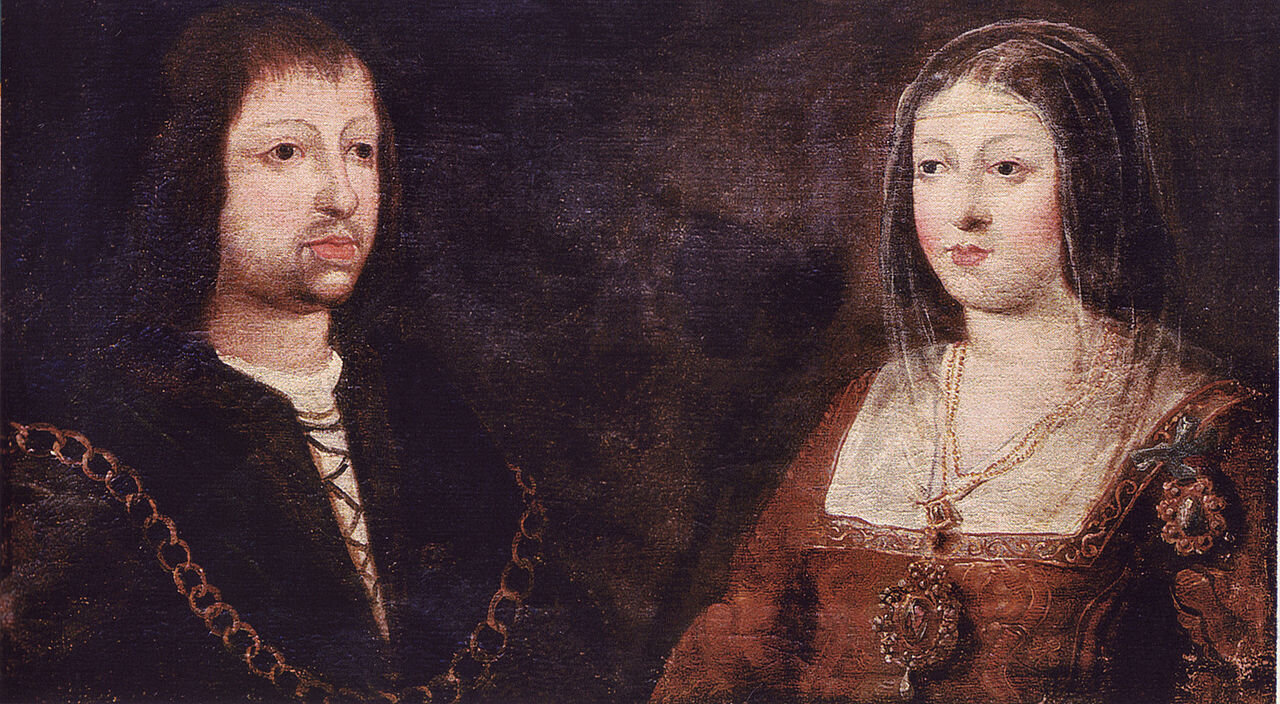The Extraordinary Life of Saint Francis Xavier
Francisco Glaría | Traveling Steps
San Francisco Xavier is probably the most handsome saint in all the Celestial Court. Have you noticed? It is not just me saying it (I am a declared fan), but because it is evident if you look at his iconography. He always appears with a flowery beard, curly black hair and bright eyes that convey spirituality and trust in God. A lot of his biographies comment on his physical beauty. It is also known that he was very charming and that he loved to dance, sing, and play Basque pelote. His demeanor was elegant, and he had a great facility for languages. A very handsome man without a doubt, let's not forget that before he was a saint, he was a man.
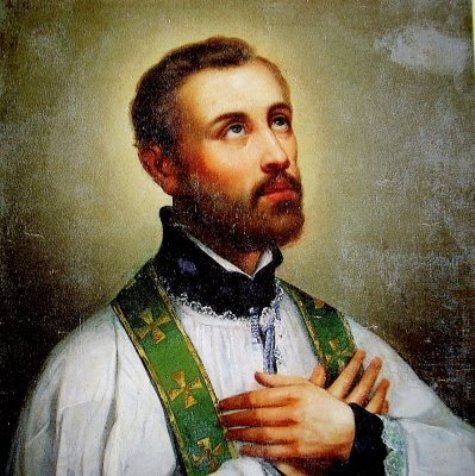
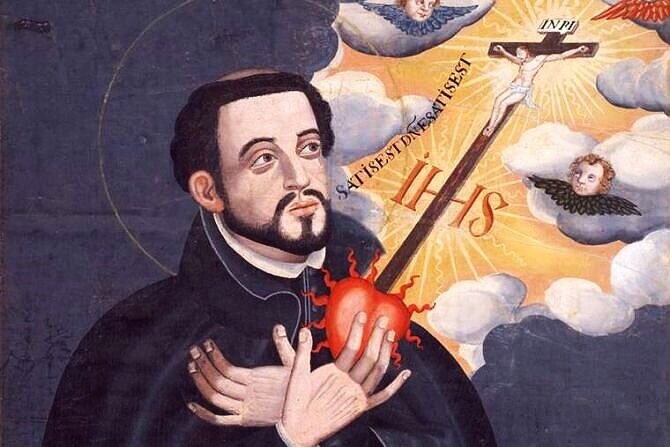
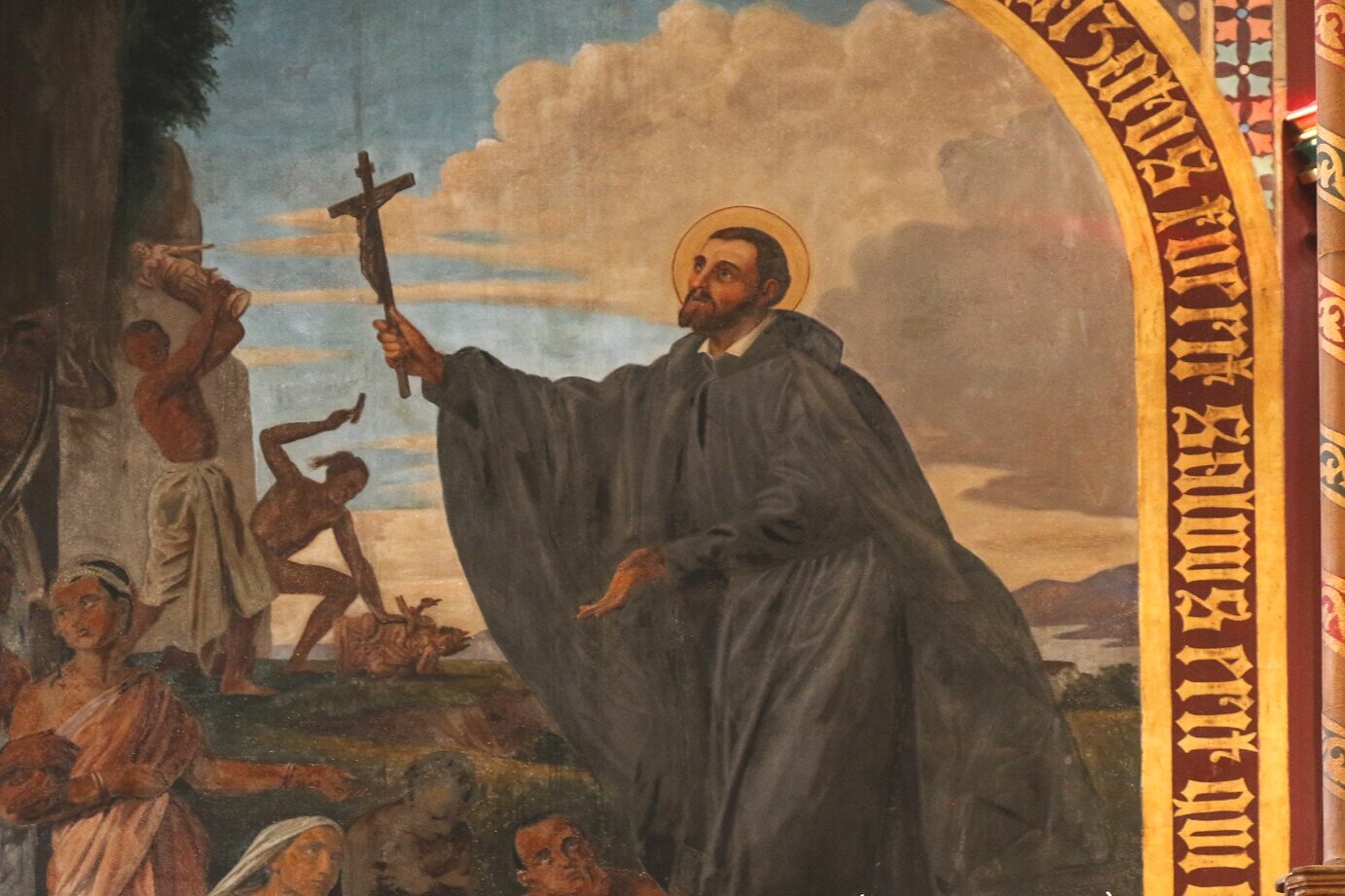
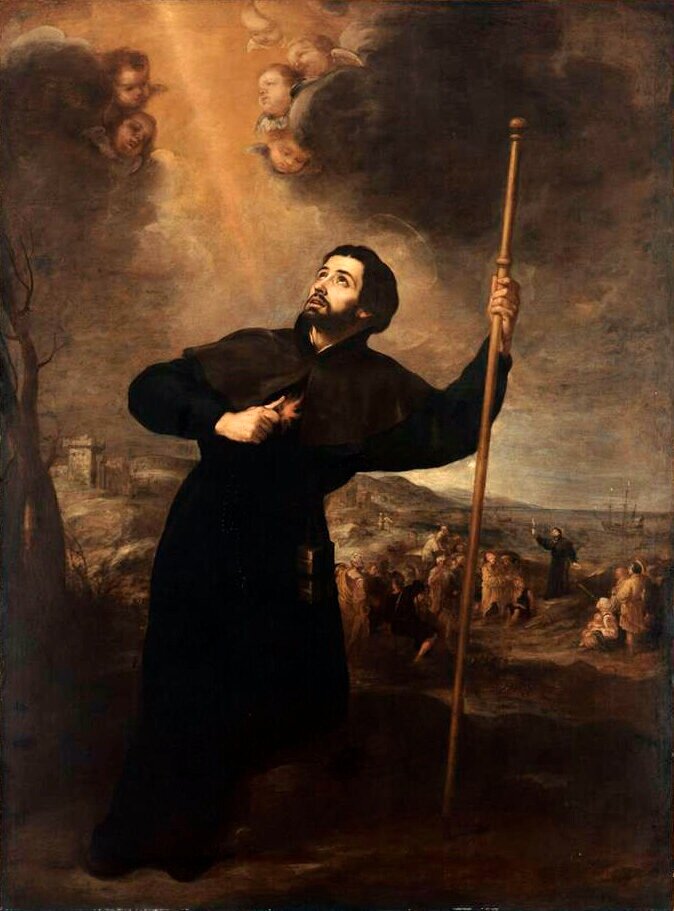
His given name was Francisco de Jaso Azpilicueta. What happened is that he signed his letters, as was the fashion then, followed by the name of the town where he had been born, that is to say Francisco de Javier (Francis from Xavier) In fact, this is the name with which he was canonized in 1622.
Born in 1506, he was surely a lively and happy boy who played with his four older siblings, two boys and two girls. However, he could not enjoy his childhood for a long time, because he had to live through terrible moments of war and riots in his beloved Navarra.
Francisco suffered the consequences of the historical moment when Isabella of Castile and Ferdinand of Aragon got married and became the “Catholic Monarchs” (1479). Javier, his hometown, was not spared from battles and destruction. His father, a very influential man and great diplomat of the defeated Kingdom of Navarre, died when Francisco was just nine years old. The new Kingdom of Spain ordered the demolition of all defensive structures in Navarre in 1516. Most of the family castle was destroyed under the orders of Cardinal Cisneros.
Wedding portrait of Ferdinand of Aragon and Isabella of Castille
Image | Anonymous, Public Domain, Wikimedia Commons
With so much war and so many problems, a ten-year-old Francisco and his beloved mother were left alone in what was left standing of the family castle. His two older brothers were imprisoned by the Catholic Monarchs. One of the sisters was forced to marry a count from the Madrid court. The other one became an abbess at a convent of Poor Clares.
I can imagine mother and son praying alone before the Christ of Javier, or The Christ of the Smile, as we call him. This small private chapel was not destroyed by Cardinal Cisneros. The tradition says (and I believe it) that it was the Christ in this particular chapel, who communicated to Francisco’s family what Francisco’s condition was during the time he traveled all over the world proclaiming the word of Christ. The image of Christ appeared to be happy or sad depending on what was going on in Francisco’s life. He even cried blood when the saint died.
The Christ of Javier or the Christ of the Smile in a chapel at Xavier Castle
Image | Fran Glaría
María de Azpilicueta (Francisco´s mother) worked hard to free her two oldest sons. Once they were back home all of them worked out a perfect plan. They were going to give Francisco the best education money could buy, in order to prepare him to be a powerful figure in the new Spanish court.
He studied in the nearby cities of Sangüesa, Leyre, and Pamplona. At the age of 19, he was sent to Paris to complete his studies, thinking of returning as an influential and important gentleman, just as his father had been.
In Paris, being a young man, handsome, easy going, a sweet-talker, a good sportsman, and very intelligent, he lived “happily.” Succeeding not only in his studies but also in the social life of a young man of his age. He was very popular, particularly with women. He had everything in abundance but money. Imagine that the family economy had been very diminished by so much war and that they could not afford to send as much money as Francisco would have needed. He decided to teach some private classes in order to get by. This was how he met Iñigo de Loyola, who would later be known as Ignatius of Loyola, because of the great devotion he had to Saint Ignatius of Antioch.
St Ignatius of Loyola
Image | Peter Paul Rubens, Public Domain, Wikimedia Commons
At first, Francisco did not like this serious old man, an ex-soldier who limped ostensibly due to an injury he received in Pamplona. Ignatius centered himself (almost obsessively) around his education. He was the one who continually reproached Francisco for his dissolute and frantic life. Ignatius used to say: " Francisco, what is the use of winning the whole world if you lose your soul?”
Francis of Xavier evangelizing
Image | Wellcome Collection, Wikimedia Commons
Ignatius had sensed the generous soul and great potential of this young man. He wanted to bring the best out of Francisco. In the end, Ignatius convinced him to join in and help create the Order of Jesus or The Jesuits. All the strength and vitality that Francisco showed for worldly life, he poured out when he joined Ignatius and began his spiritual life. The man who would become a saint embarked on great journey to the East to spread the Good Word of God.
For eleven years and until his death at the age of 46, Francisco evangelized continuously through India, Ceylon, Malacca, Moluccas and Japan, a country whose culture he fell in love with. His ultimate dream was to reach China, but unfortunately he died in Sancian (Shangchuan Island) just off the coast of that great country in 1552.
The Death of St Francis Xavier
Image | Anonymous Painter; Museo Nacional de Arte, Madrid; Wikimedia Commons
He went through hardships of all kinds in those eleven years, but he was happy and positive. He was guided by God. From the stories he shares with all of us in his letters, one of the things that connects with me (in a very human way) is when he recounts how sick he would feel on those ships in which he traveled the oceans. I also get very dizzy, and I know how bad that can be…
He is buried in Goa (India). Among the relics scattered around the world, his incorrupt arm is one of the most important. It is preserved in the Church of the Gesù in Rome. For us, the people of Navarre, it is almost a mandatory pilgrimage to visit this church at least once in our lifetime.
Church of the Gesù, Rome
Image | Benjamin Nuñez Gonzàlez, Wikimedia Commons
Saint Francis Xavier is a very popular Saint. Many Jesuit schools, universities, missions, and centers scattered throughout the entire world bear his name. He is the patron Saint of Navarre, of missions, of young people, of sports, and he is also the Patron Saint of Tourism. Do I need another reason to love this saint? I don't think so.
CHRONOLOGY
1506 - Born in Javier on April 7
1512 - Incorporation of Navarra into Castilla
1515 - His father Don Juan de Jaso Azpilicueta dies
1516 - Order of Cardinal Cisneros to demolish the castle
1525 - Goes to Paris where he spent 11 years
1534 - Takes the first vows of chastity, poverty and obedience together with Ignatius in Paris
1537 – Becomes a priest in Venice
1541 - On the same day as his birthday, he leaves from Lisbon to India
1541 to 1549 - During these years he evangelized and converted inhabitants of Ceylon, Malacca, Moluccas...to Christianity
1549 - Arrives in Japan - Kagoshima
1551 - Returns to India again
1552 - Dies at Shangchuan, China
1622 - Canonized by Pope Gregory XV
Follow me on a virtual tour of Saint Francis Xavier’s birthplace.

